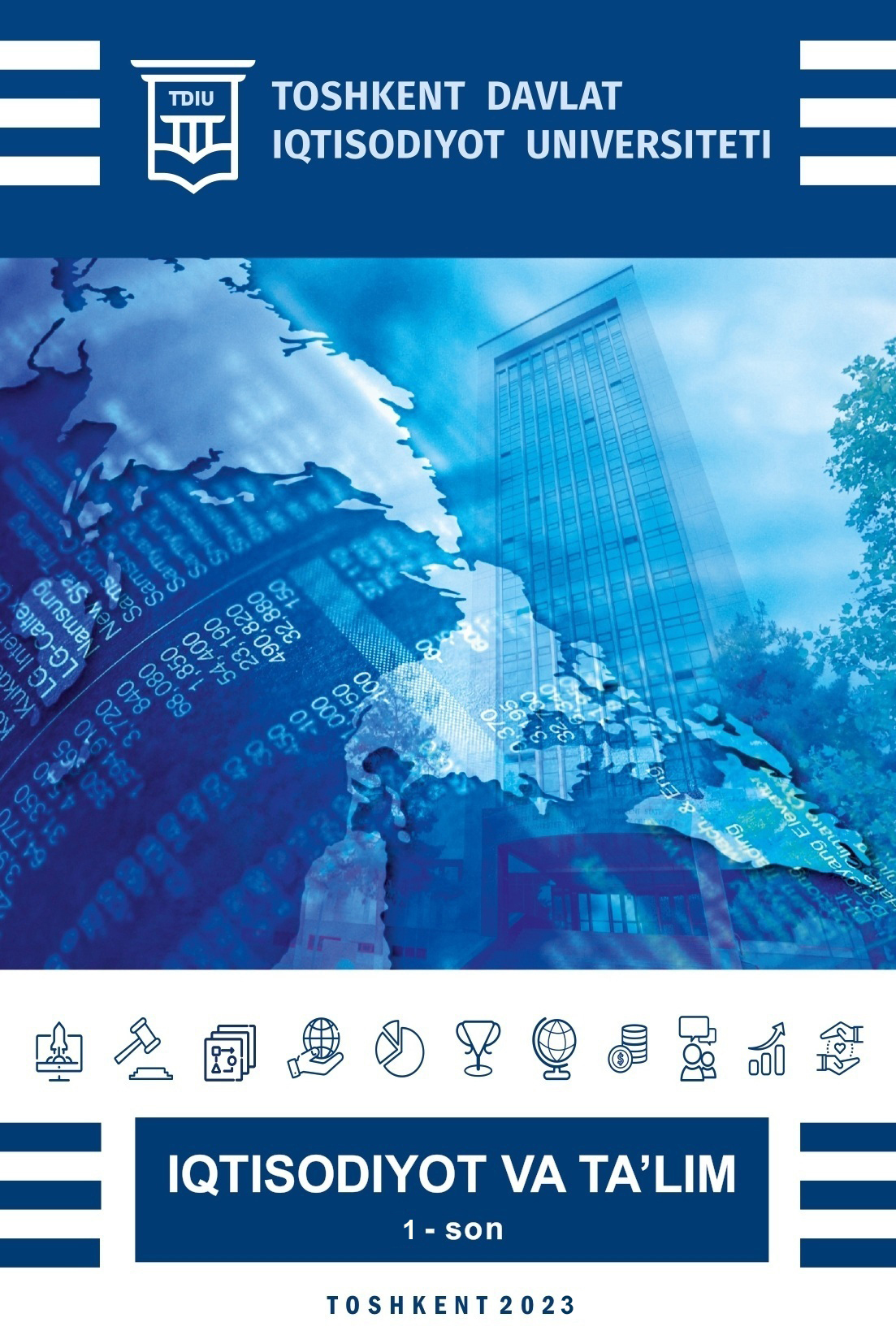Abstract
In the current economic conditions, most countries of the world are moving along an innovative path of development and use various financial and non-financial instruments for this. One of these financial instruments is the income tax, which in turn is the object of combining the interests of the state, enterprises and the population. Therefore, this study is aimed precisely at the analysis of the formation of a unified income tax system that contributes to the inflow of investments into the innovative development of both the state and an individual enterprise. To date, a large number of financial incentives for innovation are used, such as tax incentives, loans, state subsidies, however, practice shows that not all of them give the desired effect. The formation of a unified system of taxation of profits will create a synergistic effect from the financial mechanism for stimulating investment in innovative development.
References
Slemrod, J. (1990): Optimal taxation and optimal tax systems. Journal of Economic Perspectives, 4, 157-178.
Daveri, F., & Tabellini, G. (2000). Unemployment, growth and taxation in industrial countries. Economic policy, 15(30), 48-104.
Mankiw, N. G., Weinzierl, M., & Yagan, D. (2009). Optimal taxation in theory and practice. Journal of Economic Perspectives, 23(4), 147-174.
Schmitt, N., Tuinstra, J., & Westerhoff, F. (2017). Side effects of nonlinear profit taxes in an evolutionary market entry model: abrupt changes, coexisting attractors and hysteresis problems. Journal of Economic Behavior & Organization, 135, 15-38., https://doi.org/10.1016/j.jebo.2017.01.008
Bauer, C. J., & Langenmayr, D. (2013). Sorting into outsourcing: Are profits taxed at a gorilla's arm's length? Journal of International Economics, 90(2), 326-336., https://doi.org/10.1016/j.jinteco.2012.12.002.
Указ Президента Республики Узбекистан «О концепции совершенствования налоговой политики Республики Узбекистан», от 29.06.2018 г. № УП-5468.
Расулев А., Воронин С., Мухитдинов З. (2020). Модернизация налоговой системы Республики Узбекистан. Общество и экономика, (6), 53-63.
Туранов М.Ш. (2020). Нормативно-правовые основы налогообложения прибыли коммерческих банков. Экономика и бизнес: теория и практика, (6), 258-261.
Кундузова К.И. (2022). Проблемы налогообложения страховых компаний. E Conference Zone, С.9. Retrieved from http://econferencezone.org/index.php/ecz/article/ view/ 1272
Toshmatov S.A., Abdullaev Z.A., & Ahrorov Z.O. (2022). Influence of Corporate Income Tax to Loan Loss Provision: Evidence from Uzbekistan. Journal of Tax Reform, 8(3), 236-250.
Ahrorov Z.O. (2021). Profit Tax In Uzbekistan: Analysis Of The State Of Collection And Optimization Of Its Impact On Financial Relations. International Journal of Progressive Sciences and Technologies, 27(2), 602-611.
Ahrorov Z., & Alieva S. (2022). Formation of Taxable Profit of the Enterprise in the Conditions of Developing Market Relations. Available at SSRN 4036423. Available at SSRN: https://ssrn.com/abstract=4036423;
Алиева С.С. (2011). Совершенствование формирования и распределения прибыли предприятий в условиях модернизации экономики (Doctoral dissertation. – Ташкент: Банковско-финансовая академия, 2011.–28 с).
Налоговый Кодекс Республики Узбекистан. Утвержден Законом РУз от 30.12.2019 г. N ЗРУ-599. Ст. 10
Данные Центрального банка Республики Узбекистан. https://cbu.uz/ru/monetary-policy/annual-inflation/indicators/. Дата обращения 30.12.2022 г.
Данные опроса руководителей и главных бухгалтеров предприятий г. Самарканда, Самаркандского района и Жамбайского района Самаркандской области.

This work is licensed under a Creative Commons Attribution-ShareAlike 4.0 International License.
Copyright (c) 2023 Economics and education
